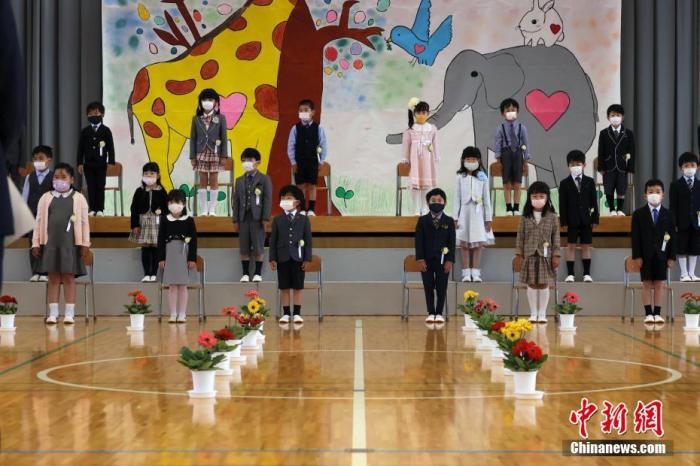China News Service, August 6 According to the Japan Broadcasting Association (NHK), on the 5th, 1357 new cases of new crown were confirmed in Japan, and the cumulative number of confirmed cases has increased to 42,813. Affected by the epidemic, dozens of schools in the capital Tokyo have been closed since June.
On July 30, Tokyo, Japan, set up a tent in the parking lot to accommodate patients with mild new coronary pneumonia.
According to reports, a total of 38 prefectures and prefectures across Japan reported new confirmed cases on the same day. Among them, Tokyo had the most cases with 263 cases. In addition, the number of newly confirmed cases in Osaka Prefecture, Aichi Prefecture and Fukuoka Prefecture all exceeded 100.
According to the report, there were 5 new deaths in the country that day, from Kumamoto, Hyogo, Chiba, Kanagawa and Aichi prefectures, bringing the total number of deaths in the country to 1,028.
In late May, as the state of emergency was lifted in most parts of Japan, schools resumed classes one by one. The picture shows the opening ceremony of a school in Yamanashi Prefecture.
The continuous rebound of the epidemic has had a profound impact on the normal course of local schools. According to statistics from the Education Commission of Tokyo’s 23 districts, NHK reported that from June to August 5, a total of 33 schools in Tokyo were closed, including 18 elementary schools and 15 middle schools.
According to the person in charge of the Adachi District Board of Education, which has the largest number of suspensions, “Classes have been suspended for two months now, so many days of suspension will make the school have to re-design the teaching plan.” He also worried, “If the number of infected people continues to increase in the future, The number of closed schools will increase, and it may become more difficult to ensure the teaching time."
The new crown epidemic in Japan appeared in January 2020, and the infection began to expand at the end of March. The Japanese government declared a national emergency on April 16. During this period, a large number of schools in many parts of the country were closed.
After the epidemic stabilized, the Japanese government announced on May 25 that the nationwide state of emergency was lifted, and schools that had previously closed classes resumed. However, since mid-June, the epidemic in Japan has rebounded significantly, which once again affected teaching activities.

